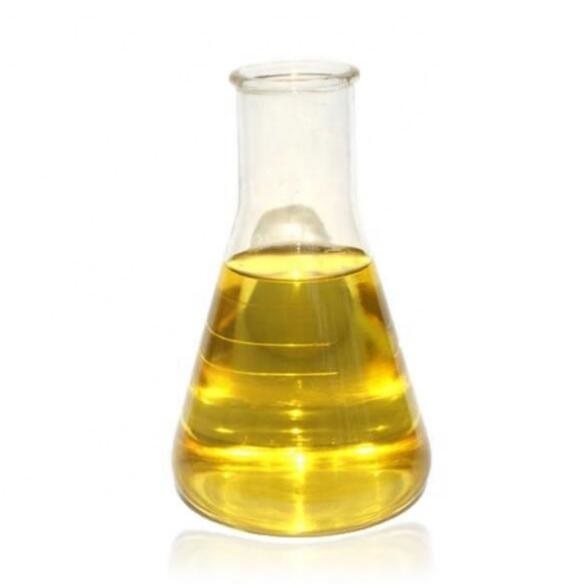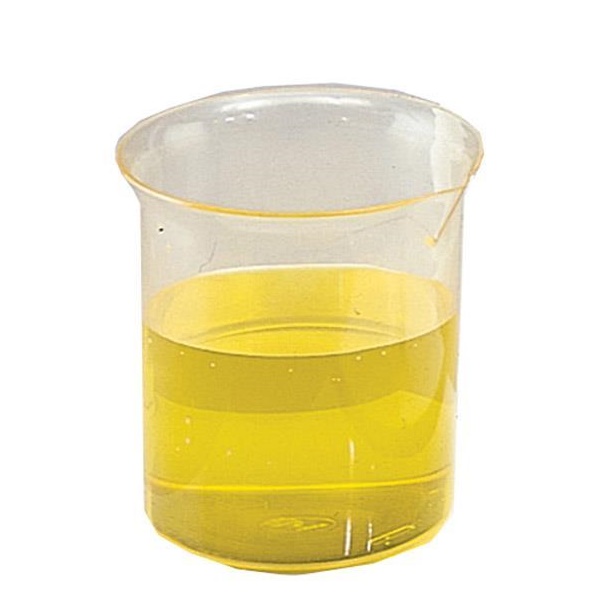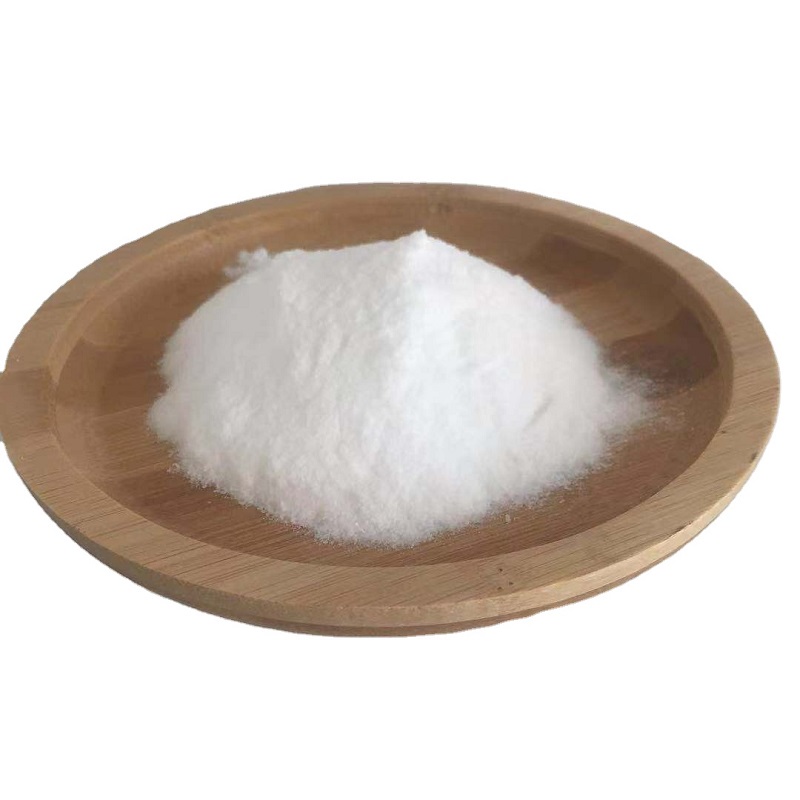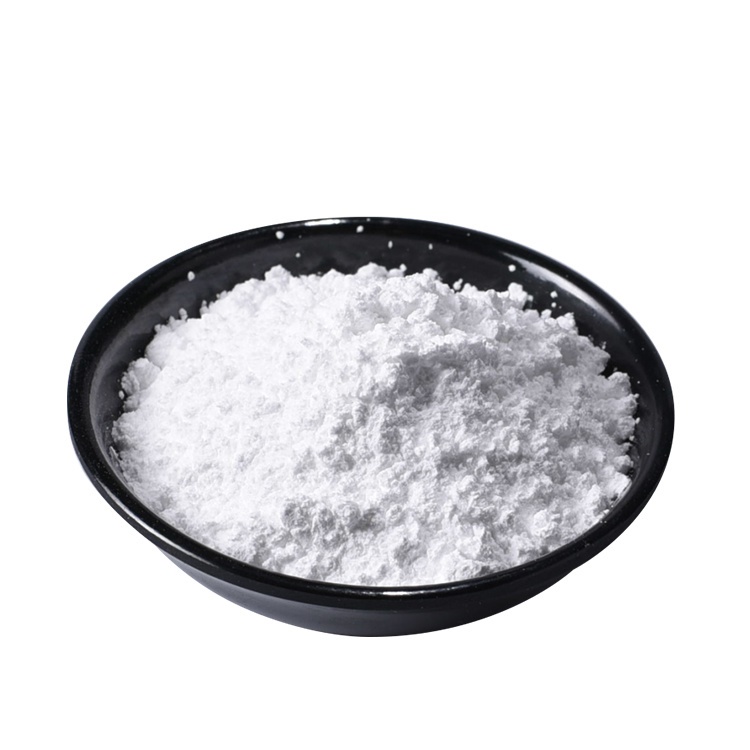

Profenofos CAS 41198-08-7
——————
CAS number : 41198-08-7
molecular formula : C11H15BrClO3PS
EINECS : 255-255-2
——————
Email : info@deshangchem.com
Mobile : +86-13153039501
TEL : +86-531-88752665
CAS number:41198-08-7
molecular formula:C11H15BrClO3PS
molecular weight:373.63
EINECS number:255-255-2
English synonyms
cga15324;Polycron E.C.;Profenofos E.C.;O-(4-bromo-2-chlorophenyl) O-ethyl S-propyl phosphorothioate profenofos (ISO);CGA 15324S;4-Bromo-2-chloro-1-(ethoxy-propylsulfanylphosphoryl)oxybenzene;O-Ethyl S-propyl O-(2-chloro-4-bromophenyl)thiophosphate;O-Ethyl-S-n-propyl-O-(2-chloro-4-bromophenyl)thiophosphate
Related categories
Pesticide residues, veterinary drugs and fertilizers; chemical pesticides; chemical products-organic chemicals; fertilizers and pesticides; insecticides; pesticides; insecticides (mite) agents; organophosphorus pesticides;
Insecticides; Alpha sort; N-PPesticides; Pesticides&Metabolites; Agro-Products; Aromatics; Intermediates & Fine Chemicals;Organochlorine pesticides; organic intermediates; agricultural raw materials-pesticides; chemical intermediates; chemical reagents-pesticide raw materials; chemical pesticide raw materials;INSECTICIDE;Oeko-Tex Standard 100;Organophorous Method Specific;P;Pesticides;PesticidesAlphabetic;PON - PT
Introduction
Profenofos is a broad-spectrum, high-efficiency, moderately toxic, and low-residue organophosphorus insecticide, which was introduced into the market in the early 1980s. Belongs to cholinesterase inhibitors. Individual optical isomers, due to the chiral phosphorus atom, show different insecticidal activity and ability to inhibit acetylcholinesterase. Non-systemic insecticide and acaricide with contact and stomach toxicity, conduction and ovicidal activity. Mainly used in cotton, corn, sugar beet, soybean, potato, vegetable, tobacco and other crops to control pests (especially Lepidoptera pests) and mites. May cause cotton to turn slightly red.
| Melting point | <25 °C |
| Boiling point | 110°C (0.001 torr) |
| Density | d20 1.455 |
| Vapor Pressure | 1.24×10-4 Pa (25 °C) |
| Refractive index | n20D 1.5466 |
| Flash point | 124℃ |
| Storage conditions | APPROX 4°C |
| Shape | Oily Liquid |
| Water solubility | 28 mg l-1 (25 °C) |
| Specific gravity | 1.455 (20℃) |
Merck | 13,7860 |
BRN | 2150258 |
LogP | 4.2 at 25℃ |
| CAS database | 41198-08-7(CAS DataBase Reference) |
This product is light yellow liquid. b.p.110℃/0.1333Pa, vapor pressure 1.333×10-2Pa (20℃), refractive index n20D1.5466. The relative density is 1.455 (20°C). It can be miscible with many organic solvents, and its solubility in water is 20mg/L at 20°C.
● Asymmetric organophosphate insecticides. It has contact and stomach poisoning effects, no systemic effect, wide insecticidal spectrum, and can control harmful insects and mites in cotton and vegetable fields. The application dosage is: 2.5-5.0g active ingredient/100m2 for piercing-sucking pests and mites; 6.7-12g active ingredient/100m2 for chewing insects.
● It is used to control various pests of cotton, vegetables, fruit trees and other crops, especially the control effect of resistant cotton bollworm is excellent
● It is a systemic broad-spectrum insecticide, which can control harmful insects and mites in cotton and vegetable fields
● It is a ternary asymmetric non-systemic broad-spectrum insecticide, which has contact and stomach poisoning effects, and can control cotton, vegetables, fruit trees and other pests and mites. The application dosage is based on active ingredients, 16-32 g/mu for piercing-sucking insects and mites, 30-80 g/mu for chewing insects, and 30-50 g/mu for resistant cotton bollworm. mu preparations.
● Preparation method 1: In the presence of an acid-binding agent, O-ethyl-S-propylthiophosphoryl chloride is condensed with 2-chloro-4-bromophenol.
O-ethyl-S-propylthiophosphoryl chloride can be prepared from (C2H5O)2PCl, C2H5OPCl2, PCl3.
Preparation method 2: Using ethanol as a solvent, O, O-diethyl-O-(2-chloro-4-bromophenyl) phosphate reacts with potassium hydrogen sulfide to generate an intermediate compound, and then reacts with bromopropane to generate propyl bromide phosphorus.

Profenofos CAS 41198-08-7
CAS number:41198-08-7
molecular formula:C11H15BrClO3PS
molecular weight:373.63
EINECS number:255-255-2
English synonyms
cga15324;Polycron E.C.;Profenofos E.C.;O-(4-bromo-2-chlorophenyl) O-ethyl S-propyl phosphorothioate profenofos (ISO);CGA 15324S;4-Bromo-2-chloro-1-(ethoxy-propylsulfanylphosphoryl)oxybenzene;O-Ethyl S-propyl O-(2-chloro-4-bromophenyl)thiophosphate;O-Ethyl-S-n-propyl-O-(2-chloro-4-bromophenyl)thiophosphate
Related categories
Pesticide residues, veterinary drugs and fertilizers; chemical pesticides; chemical products-organic chemicals; fertilizers and pesticides; insecticides; pesticides; insecticides (mite) agents; organophosphorus pesticides;
Insecticides; Alpha sort; N-PPesticides; Pesticides&Metabolites; Agro-Products; Aromatics; Intermediates & Fine Chemicals;Organochlorine pesticides; organic intermediates; agricultural raw materials-pesticides; chemical intermediates; chemical reagents-pesticide raw materials; chemical pesticide raw materials;INSECTICIDE;Oeko-Tex Standard 100;Organophorous Method Specific;P;Pesticides;PesticidesAlphabetic;PON - PT
Introduction
Profenofos is a broad-spectrum, high-efficiency, moderately toxic, and low-residue organophosphorus insecticide, which was introduced into the market in the early 1980s. Belongs to cholinesterase inhibitors. Individual optical isomers, due to the chiral phosphorus atom, show different insecticidal activity and ability to inhibit acetylcholinesterase. Non-systemic insecticide and acaricide with contact and stomach toxicity, conduction and ovicidal activity. Mainly used in cotton, corn, sugar beet, soybean, potato, vegetable, tobacco and other crops to control pests (especially Lepidoptera pests) and mites. May cause cotton to turn slightly red.
| Melting point | <25 °C |
| Boiling point | 110°C (0.001 torr) |
| Density | d20 1.455 |
| Vapor Pressure | 1.24×10-4 Pa (25 °C) |
| Refractive index | n20D 1.5466 |
| Flash point | 124℃ |
| Storage conditions | APPROX 4°C |
| Shape | Oily Liquid |
| Water solubility | 28 mg l-1 (25 °C) |
| Specific gravity | 1.455 (20℃) |
Merck | 13,7860 |
BRN | 2150258 |
LogP | 4.2 at 25℃ |
| CAS database | 41198-08-7(CAS DataBase Reference) |
This product is light yellow liquid. b.p.110℃/0.1333Pa, vapor pressure 1.333×10-2Pa (20℃), refractive index n20D1.5466. The relative density is 1.455 (20°C). It can be miscible with many organic solvents, and its solubility in water is 20mg/L at 20°C.
● Asymmetric organophosphate insecticides. It has contact and stomach poisoning effects, no systemic effect, wide insecticidal spectrum, and can control harmful insects and mites in cotton and vegetable fields. The application dosage is: 2.5-5.0g active ingredient/100m2 for piercing-sucking pests and mites; 6.7-12g active ingredient/100m2 for chewing insects.
● It is used to control various pests of cotton, vegetables, fruit trees and other crops, especially the control effect of resistant cotton bollworm is excellent
● It is a systemic broad-spectrum insecticide, which can control harmful insects and mites in cotton and vegetable fields
● It is a ternary asymmetric non-systemic broad-spectrum insecticide, which has contact and stomach poisoning effects, and can control cotton, vegetables, fruit trees and other pests and mites. The application dosage is based on active ingredients, 16-32 g/mu for piercing-sucking insects and mites, 30-80 g/mu for chewing insects, and 30-50 g/mu for resistant cotton bollworm. mu preparations.
● Preparation method 1: In the presence of an acid-binding agent, O-ethyl-S-propylthiophosphoryl chloride is condensed with 2-chloro-4-bromophenol.
O-ethyl-S-propylthiophosphoryl chloride can be prepared from (C2H5O)2PCl, C2H5OPCl2, PCl3.
Preparation method 2: Using ethanol as a solvent, O, O-diethyl-O-(2-chloro-4-bromophenyl) phosphate reacts with potassium hydrogen sulfide to generate an intermediate compound, and then reacts with bromopropane to generate propyl bromide phosphorus.
Team Presentation







